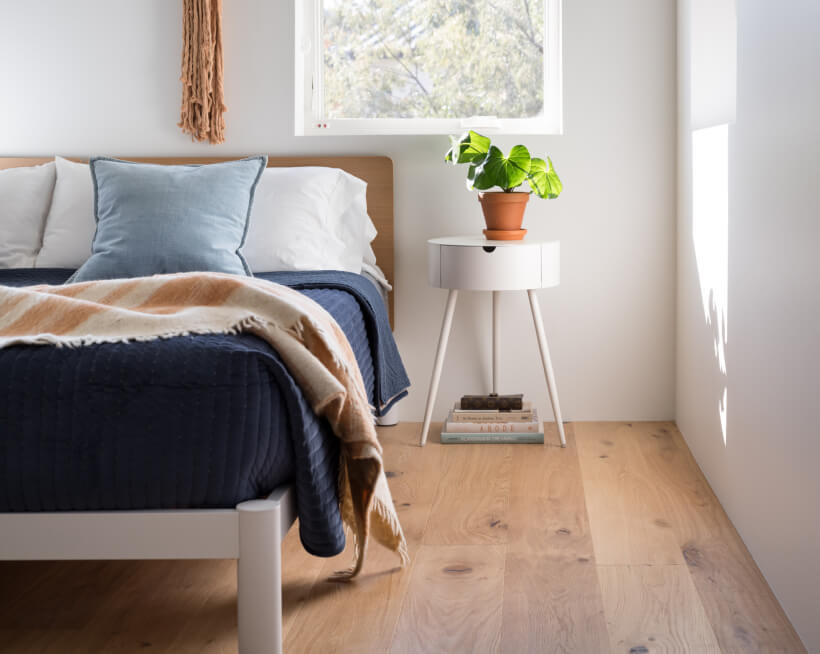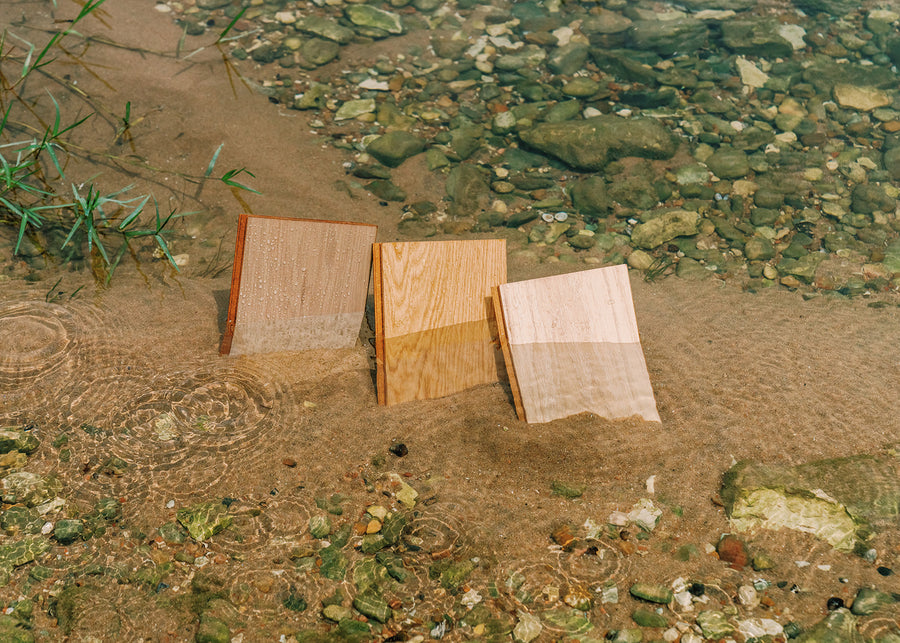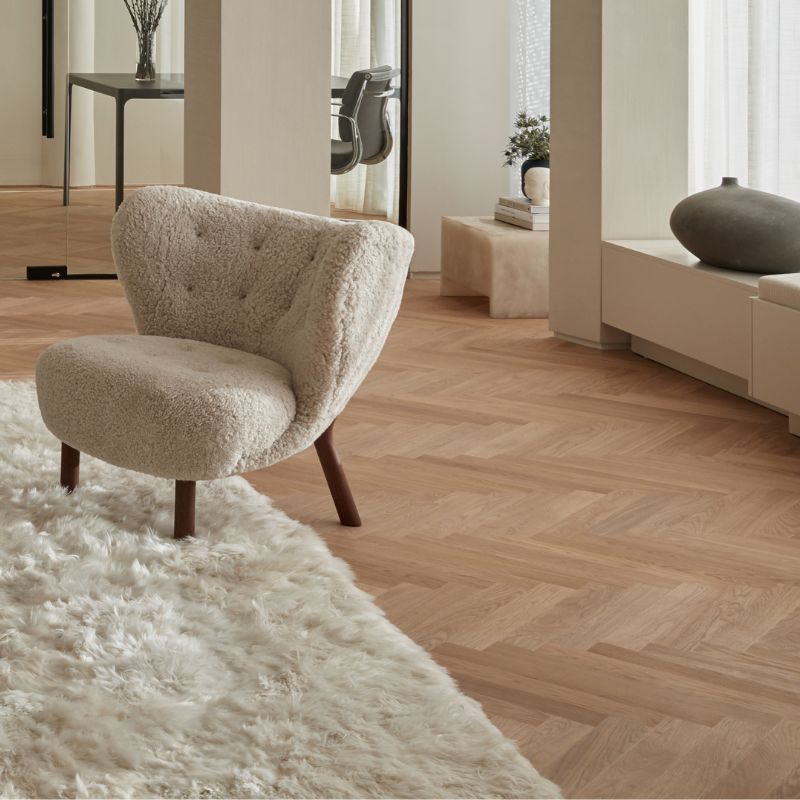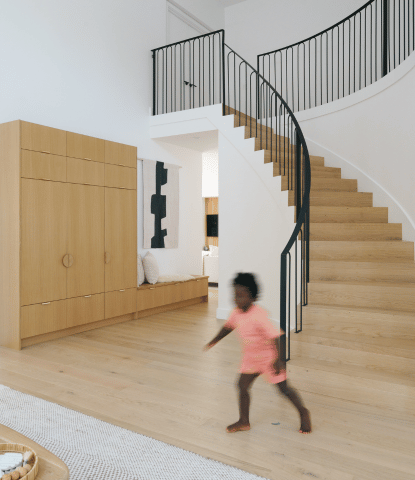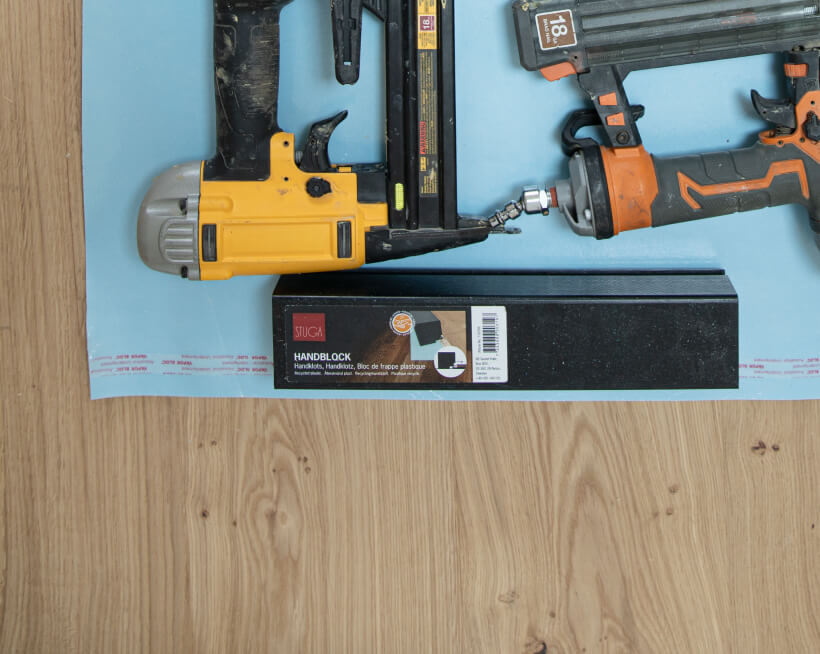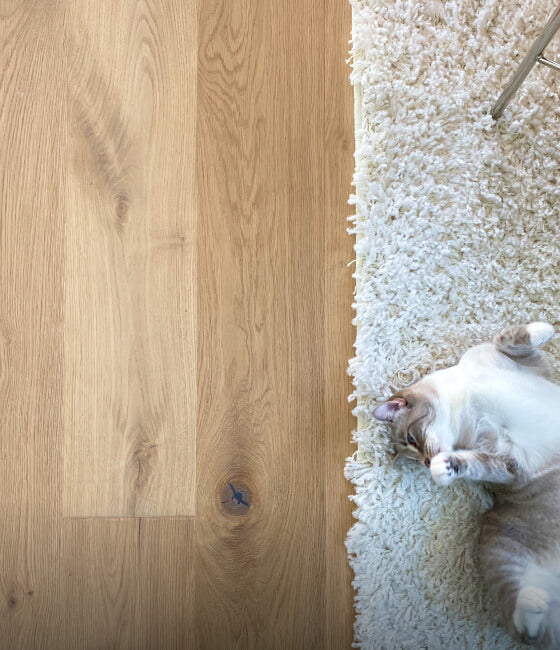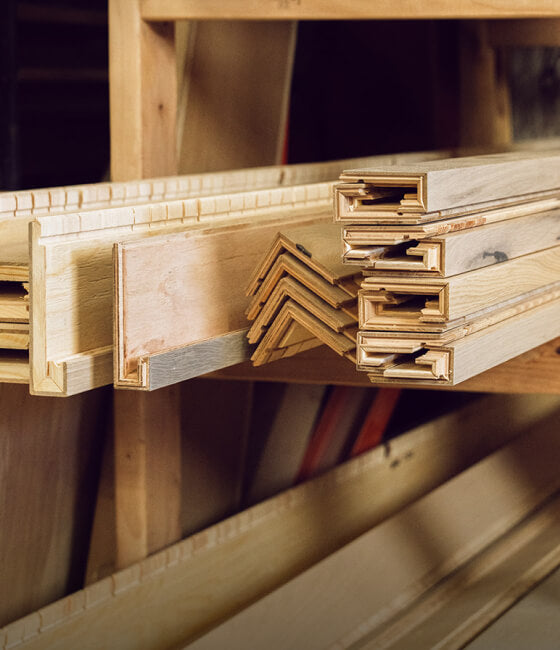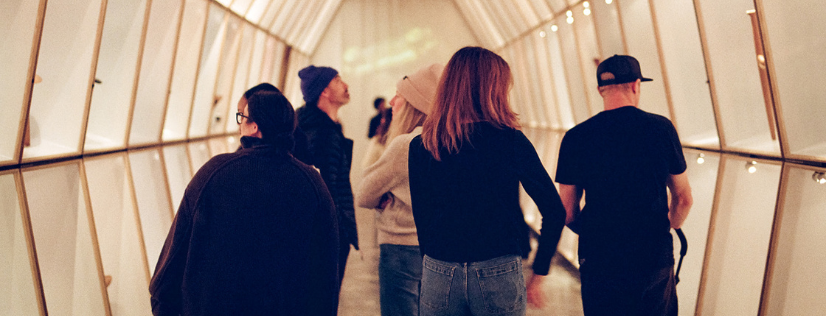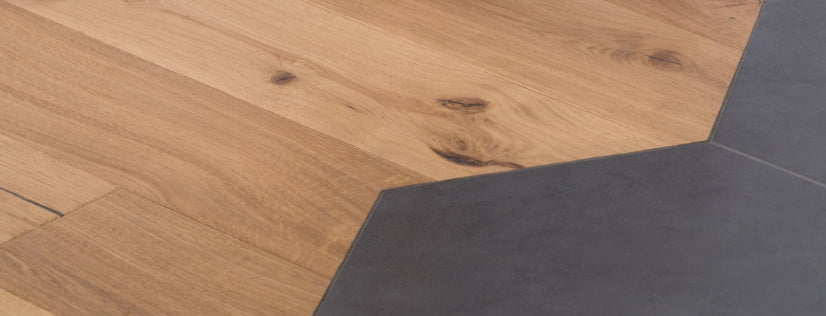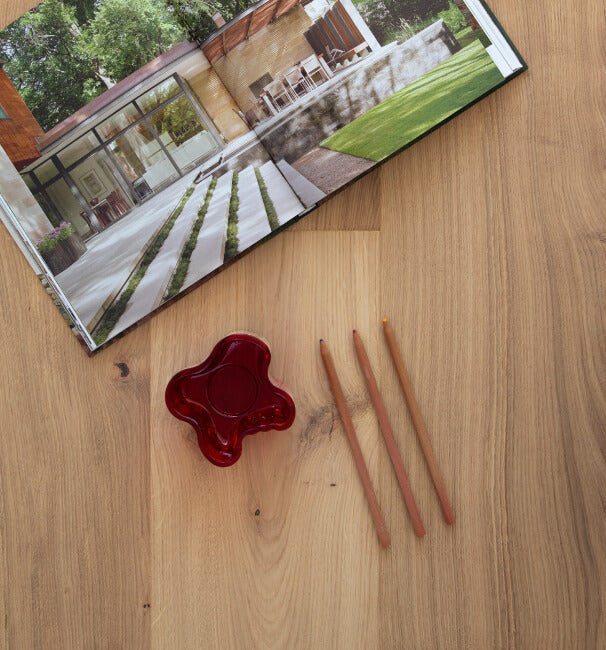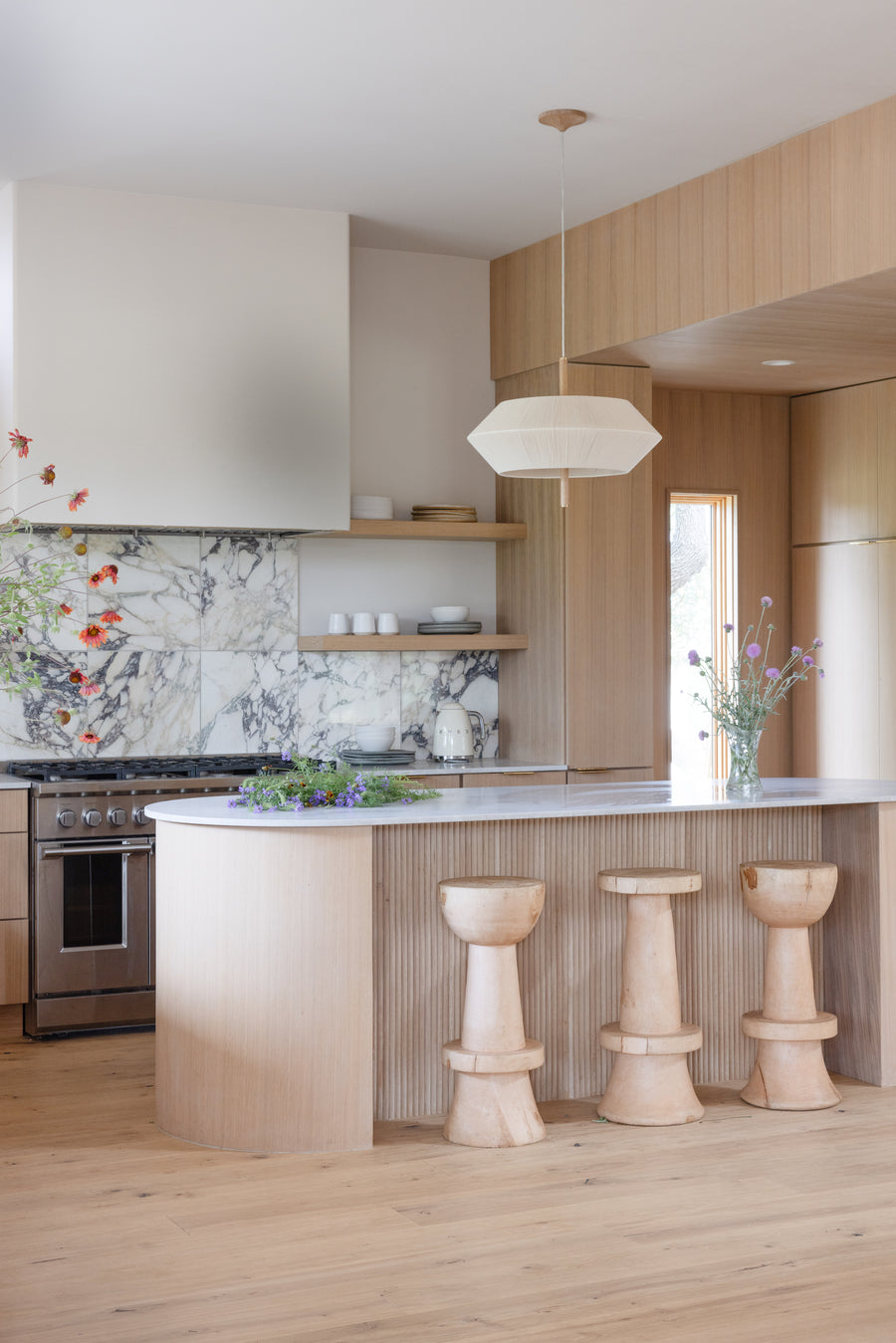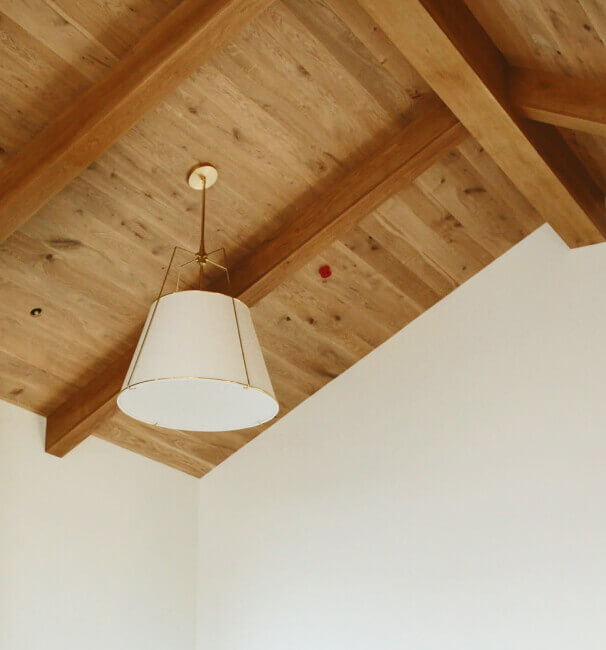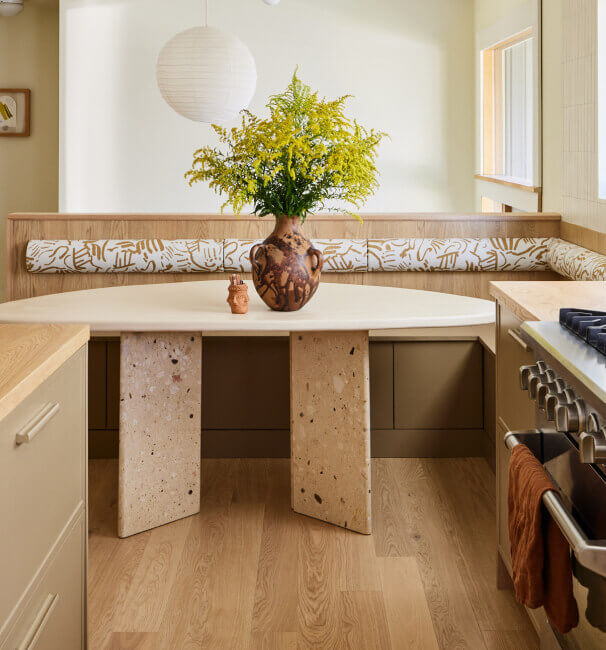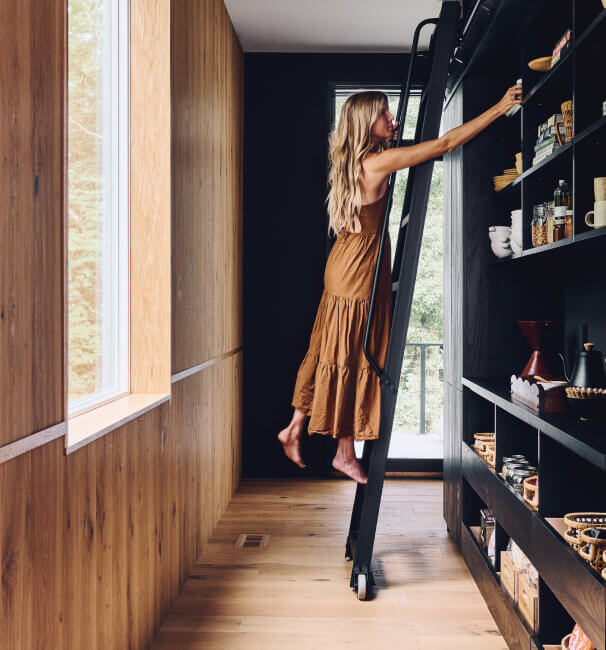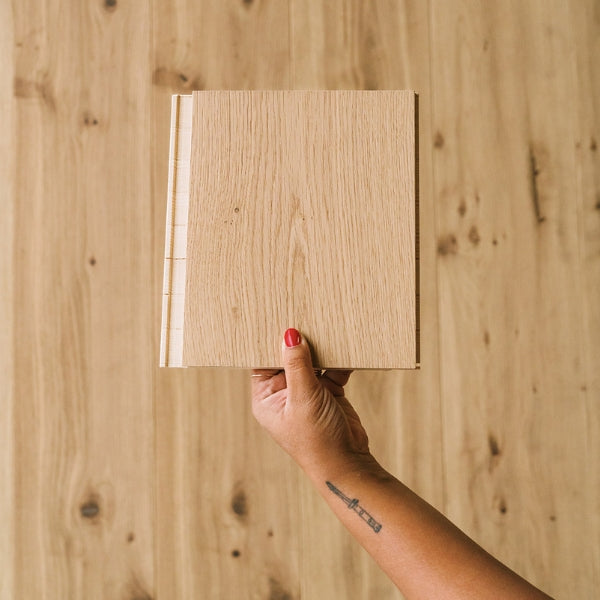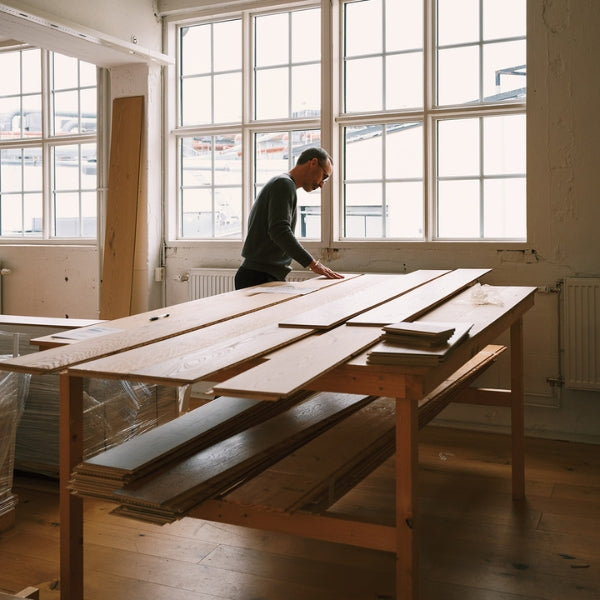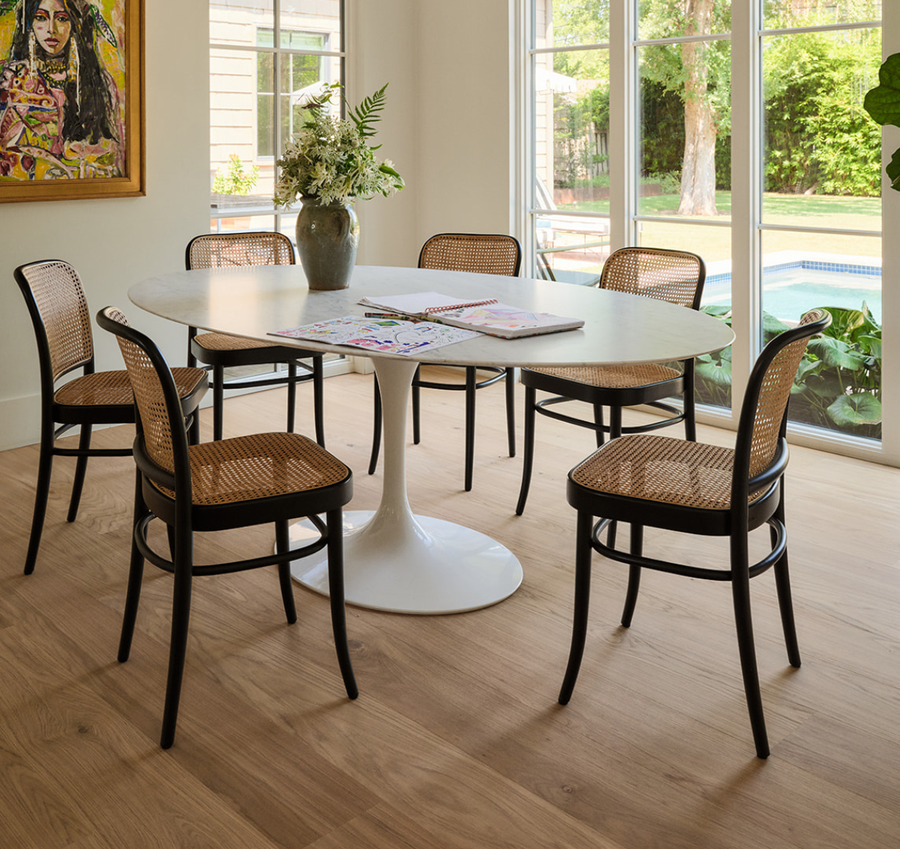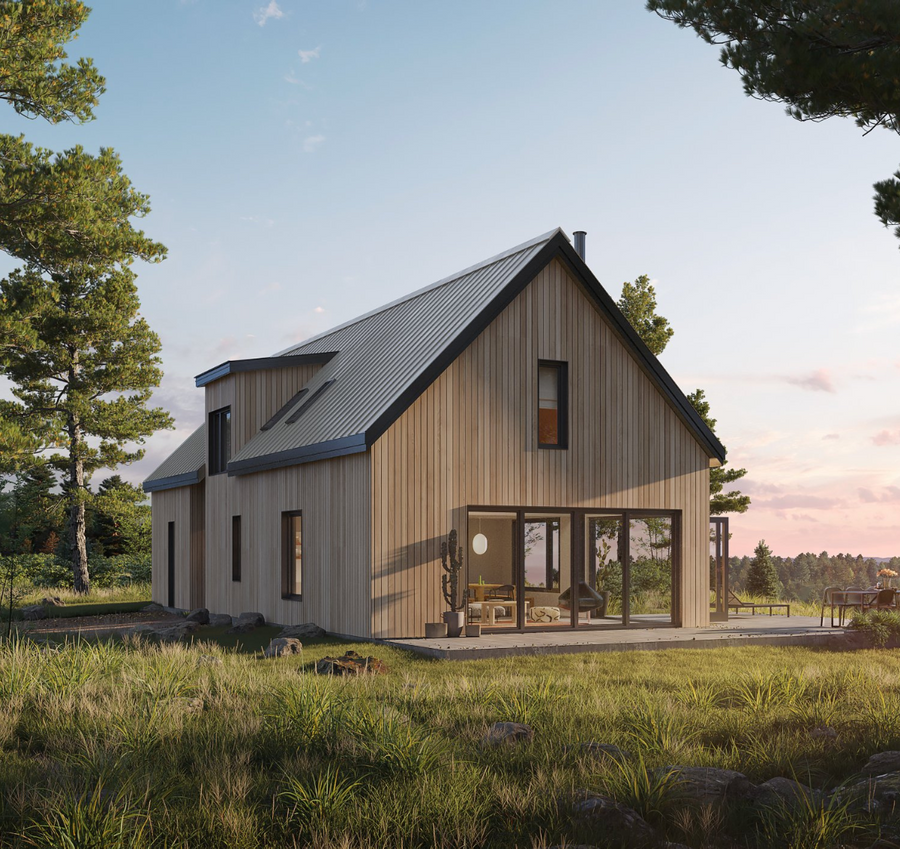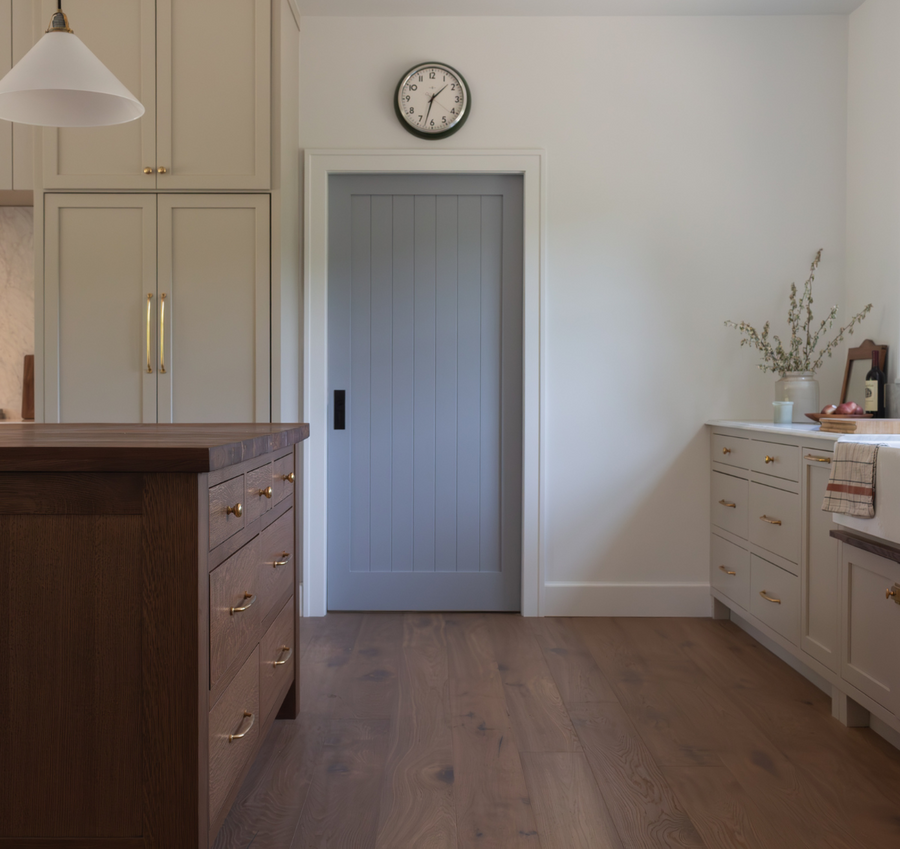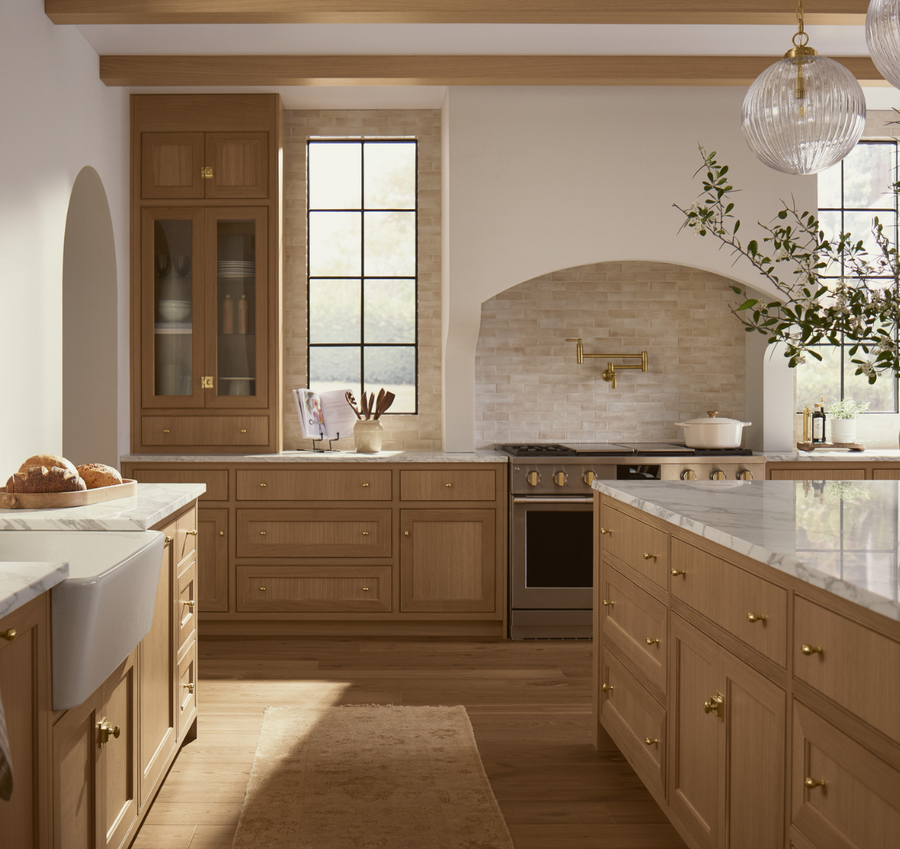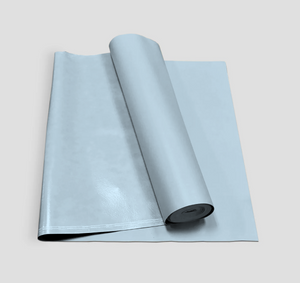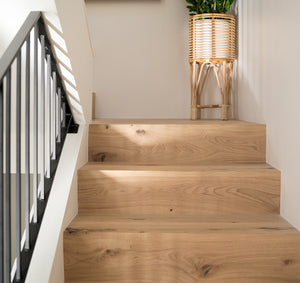May 24, 2023
Meet the Blondes | Blonde Hardwood Floors
by Haley Holm-Pedersen
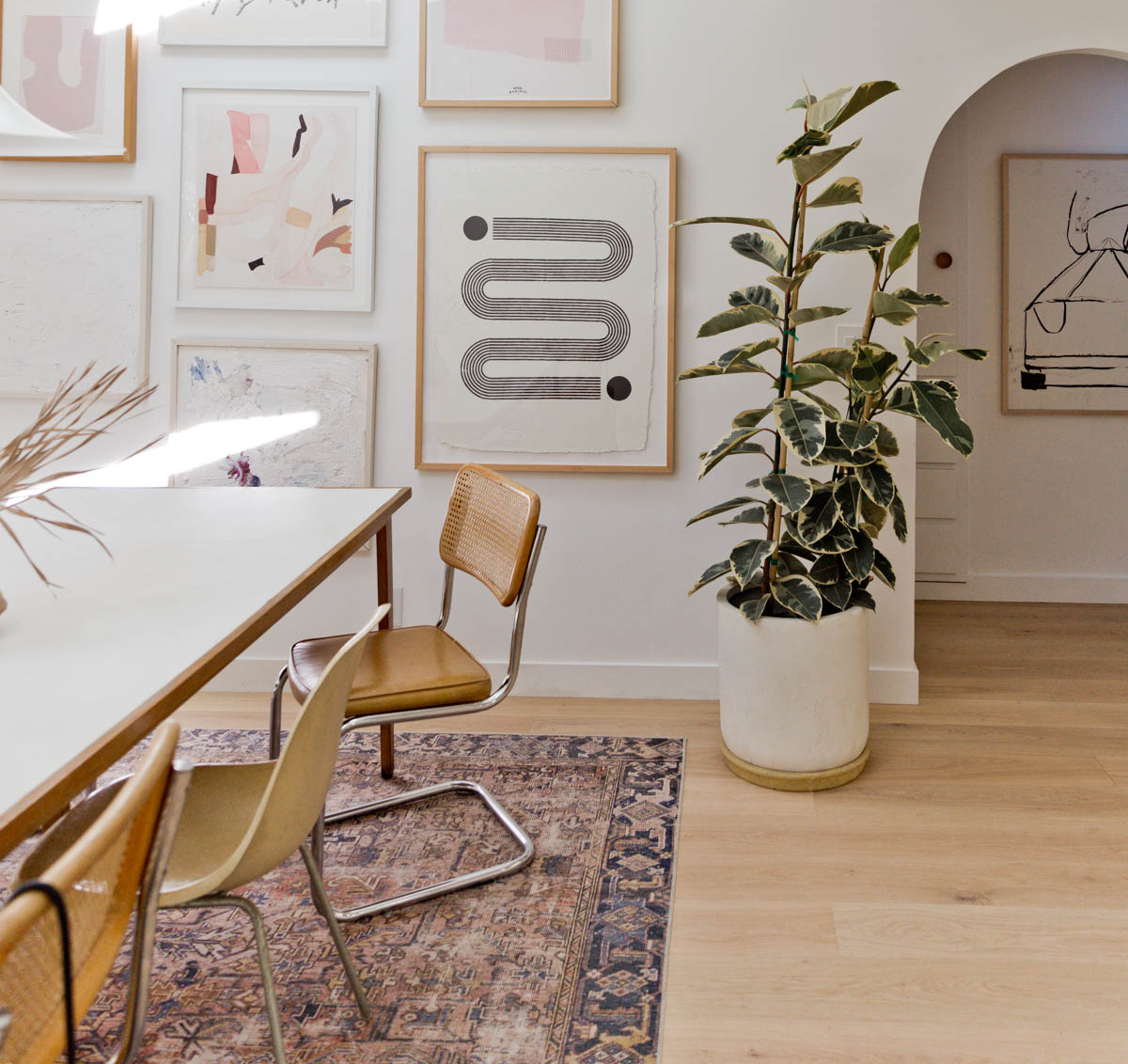
Design & Photo: Brittni Mehlhoff, Paper & Stitch | Floor: Greta
If there’s one hardwood floor color that stays popular year after year at Stuga, it’s blonde. Nearly all of our bestsellers fall within a range of blonde tones, from sandy Fika to platinum Greta. It’s no wonder why this neutral hue is so loved - it has range. Blonde hardwood floors instantly brighten the room and are easy to pair with other wood tones, paint colors, and aesthetics. Wondering if blonde is the right color for your floor? Here’s everything you need to know (plus a guide to our own range of blondes).
What are blonde hardwood floors?
In the design world, the term "blonde" is often used to describe the lighter tones of wood, which can range from a creamy off-white to a light golden hue. Blonde hardwood floors are stained to achieve a light or pale color, resembling shades of blonde hair.
Are blonde hardwood floors in style?
Yes! Blonde hardwood floors are popular for a number of reasons. First, they are an easy way to achieve a light and airy vibe in your home, making it appear more open and spacious. They also complement a variety of interior aesthetics, from Scandi to coastal to midcentury modern.
Blonde hardwood floors are easy to work with from a design standpoint. Their neutral color works alongside a range of other colors, including other wood tones. Have a treasured teak credenza, acacia dining table, or walnut accent chair? You can rest assured that your favorite furniture pieces will look right at home on a blonde floor.
Why white oak makes the best blonde hardwoods
Ask a hairdresser how to create a natural-looking blonde shade, and they’ll likely bring up the client’s existing hair color and the porosity of their hair. Wood is not all that different.
Many species of hardwood can be used to achieve blonde flooring - think maple, ash, birch, or oak. But white oak, in particular, looks beautiful and natural when it goes blonde. If left unstained, white oak is naturally a lighter wood. This light pigment gives it a leg up over darker species, like walnut, that would be very difficult to lighten with stain. White oak’s natural variation is another plus, giving it the subtle highlights and lowlights characteristic of a good balayage.
Science is also on white oak’s side. Compared with dense species like maple, white oak has an open pore structure that allows stain to penetrate deeper into the wood. This creates an even, consistent color.
Meet the Stuga Blondes
While the definition is subjective, we consider six of our bestselling floors part of the blonde color family. Each has their own standout feature that earns them a spot at Stuga, but we know it can get confusing - they look fairly similar online. Here’s how these floors compare.

Note: Not listed is Sisu, another blonde that shares the same stain color as Fika. Sisu is left out of this list because it is a herringbone pattern floor, unlike the straight planks above. Interested in herringbone? Shop Sisu here!
Now that you know the major differences between these floors, your next step is to order samples. We offer free, 9” samples of your choice to give you a sense of the floor’s color and texture. Browse all the blondes and order free samples here!
And remember that if you need help, a real human is always just a phone call or email away. Get in touch at 1-844-MY-STUGA or drop us a note at hej@stuga.com.
